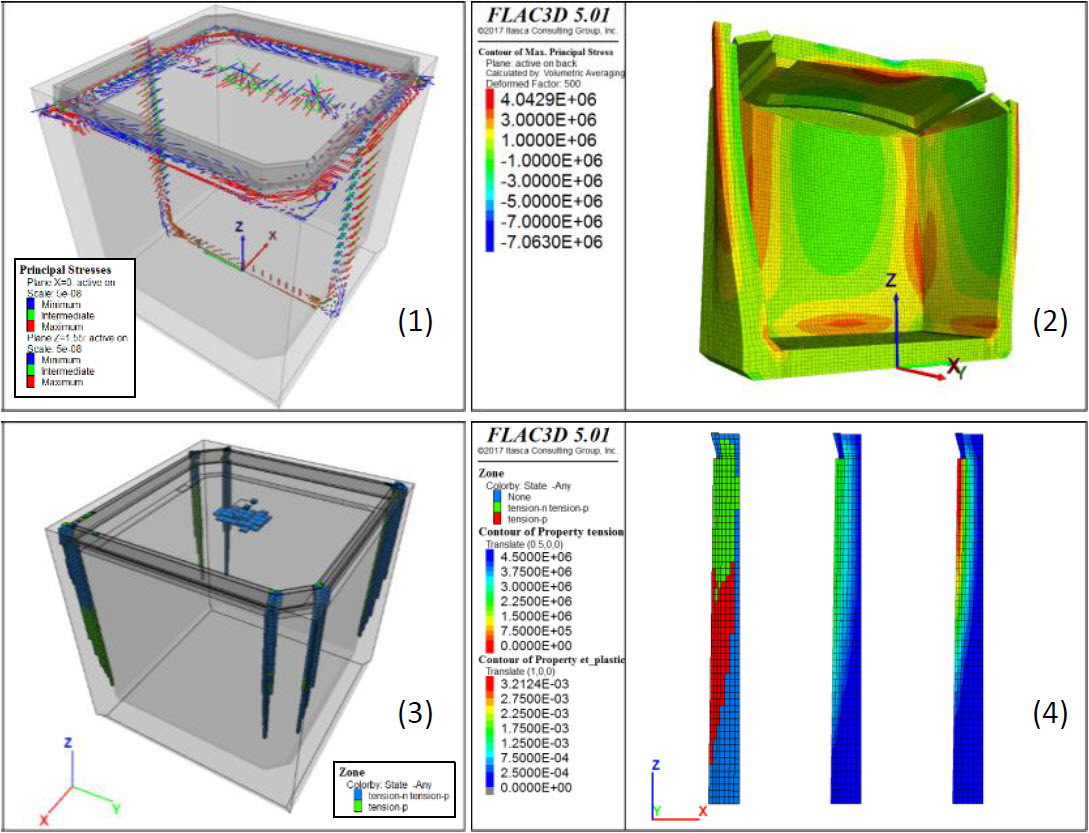

Mining regulations require twolane roads to be at least 3.5 times the width of the largest vehicle Large quantities of aggregate are needed to construct haul roads.īesides being thick, they are wide. There isĪlso often the problem of high water tables, which make excavation Is to create more environmental damage, as there is the problem ofĭisposal, greatly increasing the footprint of the operation. Usually the haul road is built on the weak material rather than this materialīeing removed and replaced. The heavy loads and typically poor subgrades such as peat, organics, or soft silts and clays lead to the need for thick pavements. Aggregate haul roads are used because of theirĮasy maintenance much of the damage to aggregate haul roads canīe readily healed with grader maintenance. The operations depend on haul road networks consisting of unsealedĪggregate pavements. Vehicle with a 300-tonne axle load on four tires. The current maximum mass is just overĦ00 tonnes-100 tonnes per tire. Operating masses of the heaviest trucks having tripled in the pastģ0 years (1) (Figure 1). Worldwide have been subjected to ever heavier trucks, with the The roads serving the many shovel-and-truck mining operations The results bring into question the use of analyses permitting tension in the granular pavement With these geotextiles, the results of the no-tension analysis indicatedĪ significant reinforcement effect attributable to the inclusion of highstrength geotextiles in the cross section. Permitting tension had indicated that there was no reinforcing effect While the results of the conventional elastic analysis Conventional linearly elastic analyses and analyses not permitting tension Layer, base, and subbase (0.5, 1.0, and 1.5 m thick, respectively). Of the problem, a numerical modeling investigation was performed forĪ 300-tonne-design axle on a granular pavement consisting of a capping An additional problem is the huge demand forĪggregates with which to construct these thick, wide roads. The design of haul roads to support these trucks is becomingĮver more challenging. Tripled in weight to more than 600 tonnes gross weight over the pastģ0 years. The heaviest trucks serving shovel-and-truck mining operations have Thus, for aģ00-tonne axle load, pavement design methods are more appropriate than embankment fill design methods down to a depth of more Used as an indicator of the change from one to the other. There is a smooth, gradual transition from pavement to embankment, but the depth where the curves cross can be Where the curves for the two vertical stress distributions cross, theĭepth where a pavement becomes an embankment can be identified Imposed by the weight of saturated soil above a point in the subgrade. The Boussinesq equation (13) and compared with the vertical stress Vertical stress caused by the wheel load can be modeled by using The answer depends on the axle load of the design vehicle. In concept,Īs a fill used by vehicles is thickened, at what point does it become (usually), and overall slope and base stability are issues. Number of repetitions of the design load (traffic) is a primary issue.Įmbankment design is more concerned with dead loads than live loads Pavementĭesign is more concerned with live loads than dead loads, and the Pavements and embankments are designed differently. Have pushed design into unfamiliar circumstances. However, the weight of the typical truck (Figure 1)Īnd the thickness of the fill comprising the road and embankment Well as numerous investigations of geosynthetics reinforcing pavements (7–12). Investigations of geosynthetics reinforcing embankments (3–6), as However, sources of acceptable road-building materials are dwindling and there is a responsibility to use as little as possible, in theīuilding with geosynthetics is seen as possibly providing a way Generating, it presents a good source of aggregate.

Sometimes waste rock is available, and if not acid The final aspect of the challenge is the paucity of aggregate at Road width approaching the width of a football field is required.


 0 kommentar(er)
0 kommentar(er)
